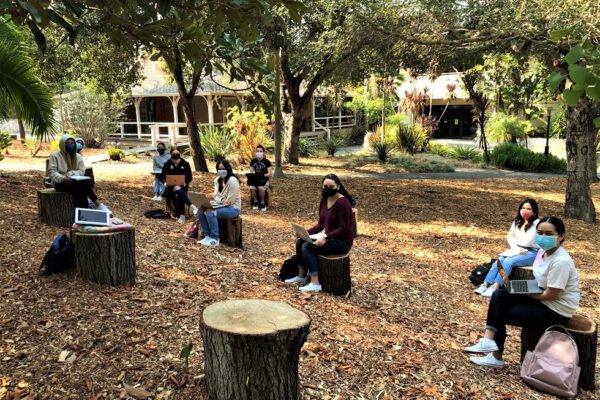
Elizabeth E. Lloyd-Richardson
Elizabeth E. Lloyd-Richardson is a professor of psychology at the University of Massachusetts Dartmouth.
Learn more about Elizabeth E. Lloyd-RichardsonPosts by Elizabeth E. Lloyd-Richardson

COVID-19 and Self-Injury Among College Students: Risks and Mitigation Strategies
Over the past two years, the COVID-19 pandemic has had a significant effect on student wellbeing. One area of particular concern is the impact of the pandemic on non-suicidal self-injury. What can we do to address the increased risk?